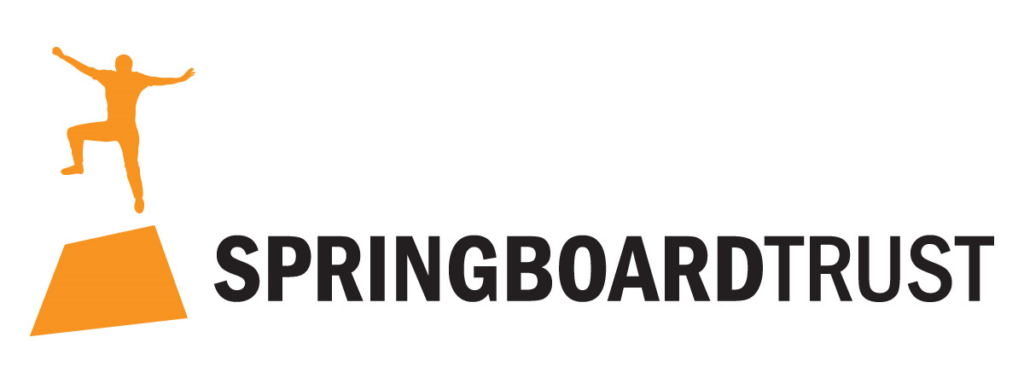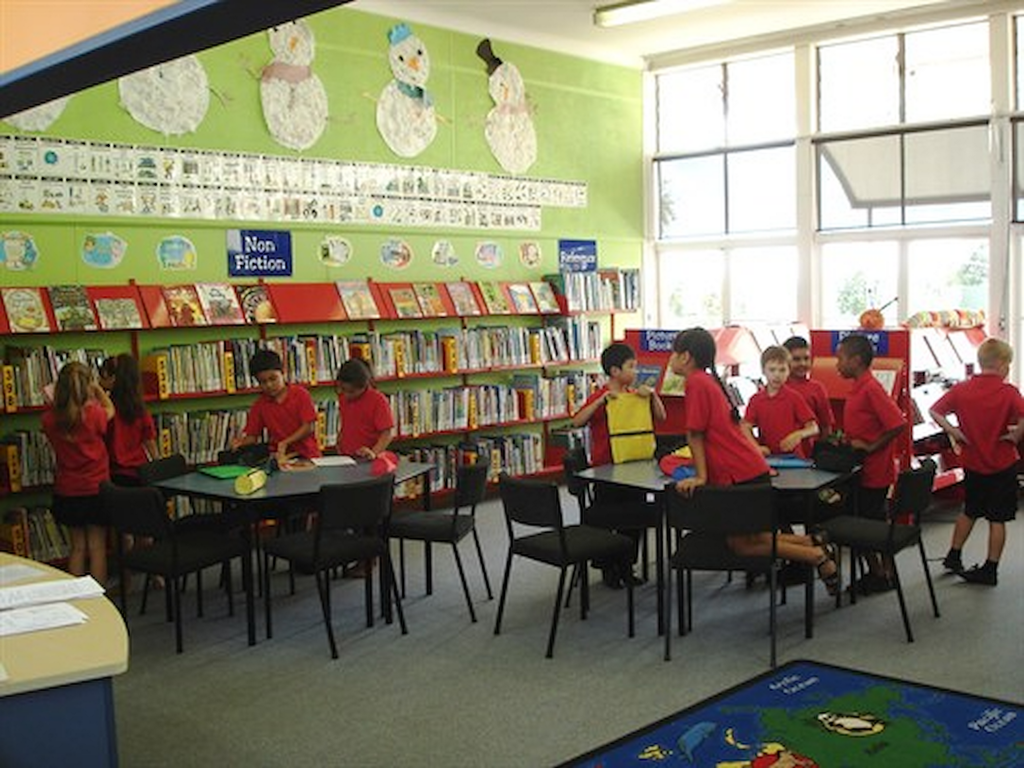When is the right time to talk to young New Zealanders about identity? Where is the right place?
For some, this should be a conversation had at home. For others, they might see it as a foundational aspect of a healthy classroom. A few might even suggest that these discussions shouldn’t happen at all.
But with one in ten New Zealanders facing discrimination in a 12-month period, and instances significantly higher for Māori, Asian and recent migrant audiences, we do need to take action.
That’s right – today we’re talking about talking about race, class and identity.
Who talks to their children about their identity?
The Sesame Workshop (of Sesame Street fame) recently interviewed US families about how they talk to their children about race, class and identity. The results show that:
- 10% of parents “often” talk to their child about their race or ethnicity (28% “sometimes” do).
- 8% talk about class with their children often (25% “sometimes” do).
- 45% of educators think these aren’t issues to discuss.
Overall, this means some 60% of parents are never broaching the topics of race, class or ethnicity in the household. And in many cases, that could be okay – these are big conversations, and difficult to speak to in a meaningful way.
But they are important conversations. And in an Aotearoa context, there is a lot that both communities and schools can do to facilitate these discussions.
Discussions about race, class and ethnicity in the classroom
The Code of Professional Responsibility for Teachers makes it clear that educators have a responsibility to respect “the diversity of the heritage, language, identity and culture of families and whanau” they engage with.
Yet a 2018 report from the Office of the Children’s Commissioner indicates that racism in particular is extremely pervasive in schools. Learners feel burdened with negative stereotypes, undervalued because of their culture, or outright told they are going to fail.
Strong conversations in the classroom, in a safe and supporting environment, can go a long way to facilitating healthier understanding of one’s own identity.
But where do you start?
Ultimately, the ways in which we speak to young New Zealanders about identity will stem from a delicate conversation between Principals, teachers, boards and – most importantly – learners, their whanau and the community.
But referring back to the Teaching Council’s Code of Professional Responsibility: Examples in Practice, there are some clear-cut ways to impart valuable lessons and foster enriching discussions around these topics.
For example: supporting Māori learners as tangata whenua and supporting their educational aspirations. Simple enough in theory, and in practice a vital vehicle for ākonga discovering the value of identity. The Teaching Council identifies as good practice:
- “Supporting all learners to understand the unique status of tangata whenua in New Zealand”
- “Valuing te ao Māori and supporting learning about local tikanga and history”
- “Affirming Māori learners’ place within the wider whānau, actively building relationships with their parents or caregivers, whānau, hapū, iwi and wider community”
In these examples we find a microcosm of where anyone can start broaching these heavy topics with young New Zealanders. Clear definitions of terms, supporting people in the context of their identity and creating discussion or learning pathways shaped by those values.
The conversations don’t need to happen tomorrow. But if we’re not at least talking about talking about race, class or ethnicity, we’re letting our learners down.









